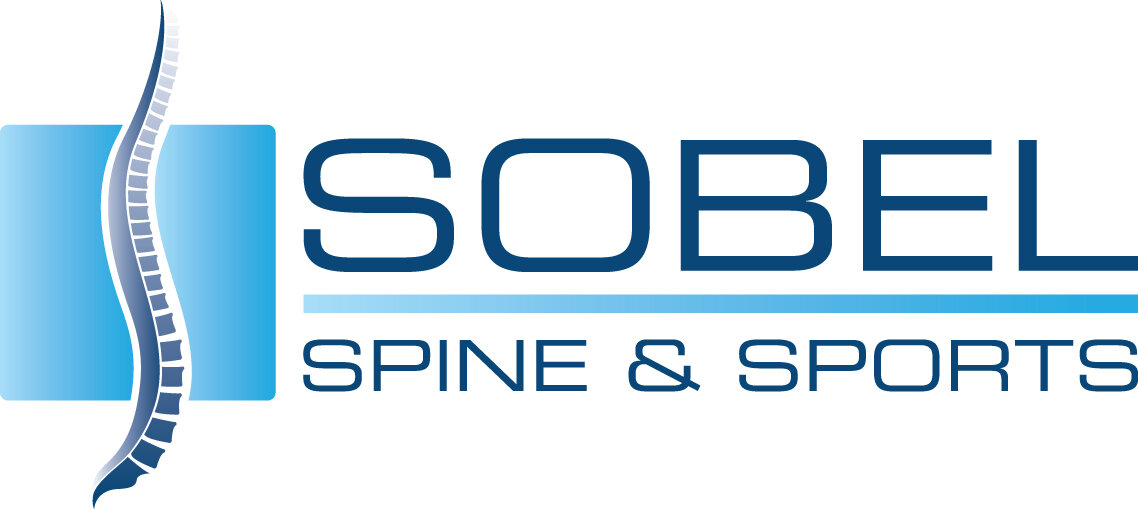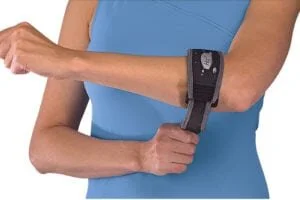Various Treatment Options for Tendinitis
Chronic tendinitis is a common problem that increases in prevalence with increasing age. The areas most commonly affected include the outside of the elbow commonly referred to as tennis elbow, the inside of the elbow (golfer’s elbow), the outside of the hip, the front of the knee, the Achilles tendon and the heel. The most common cause of tendon pain is overuse followed by inadequate rest and recovery time. The best first treatment for a recent onset problem is to avoid those activities that aggravate the pain. By doing this the tendon can take the time it needs to heal. Unfortunately for some, the pain continues and other treatments are required. There is a long list of potential treatments and each person can respond differently to different treatment modalities.
Treatment options for tendon pain
If tendinitis pain continues for a few months it becomes somewhat more challenging to treat. Options for treatment for a sub acute tendinitis such as tennis elbow include physical therapy, anti-inflammatory medication, ice, acupuncture and a tennis elbow strap. The purpose of the strap is to move the stress from the bone on the outside of the elbow to area where the brace is located. These can be an effective form of treatment for some but not all. It has been shown through clinical study that most people that experience chronic tendon pain for greater than 5-6 months if left untreated, usually continue to deal with the problem for another year and a half at the least.
Tennis elbow brace
Injections for tendinitis
A standard treatment for tendinitis, especially lateral epicondylitis or tennis elbow has been the cortisone injection. These have been performed for probably close to 1/2 a century. While they clearly provide pain, albeit temporary for most, are they a good thing for long term treatment of tendinitis? At this point in time, steroid injections for tennis elbow are controversial in the medical literature. What we do know is that in the first month after injection patients do better but by 6 months they are not better and in fact in some studies worse. One study demonstrated that the group of patients that received cortisone injections were worse off at the 2 year point post injection than those that did not. Some recent research suggests that corticosteroid injection actually causes more problems for people in the long term. About a year ago I stopped doing them because the research was convincing enough that while short term benefit is gain, long term outcomes are worse. Steroid injected into tendons can actually cause further and greater degeneration and in the treatment of a chronic tendinopathy that is really the last thing you want.
Regenerative Medicine Injections
The current treatments available for someone with a chronic tendinosis/tendinitis include an open surgical procedure, a Tenex procedure, and a myriad of different regenerative medicine injections. These injections include prolotherapy and PRP (platelet rich plasma) and stem cells. I have done several PRP injections and I have had promising success. Insurance companies do not cover the procedure because it has not been proven to be effective in medical studies so far to date so it like stem cell injections is an out of pocket expense.

